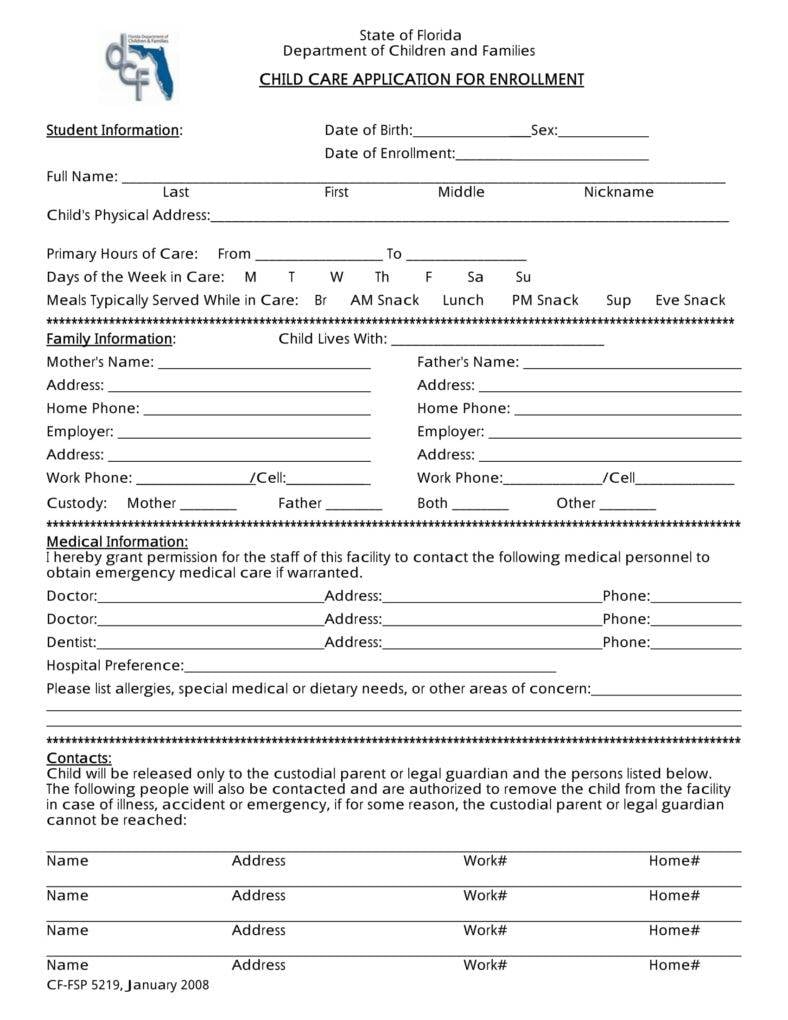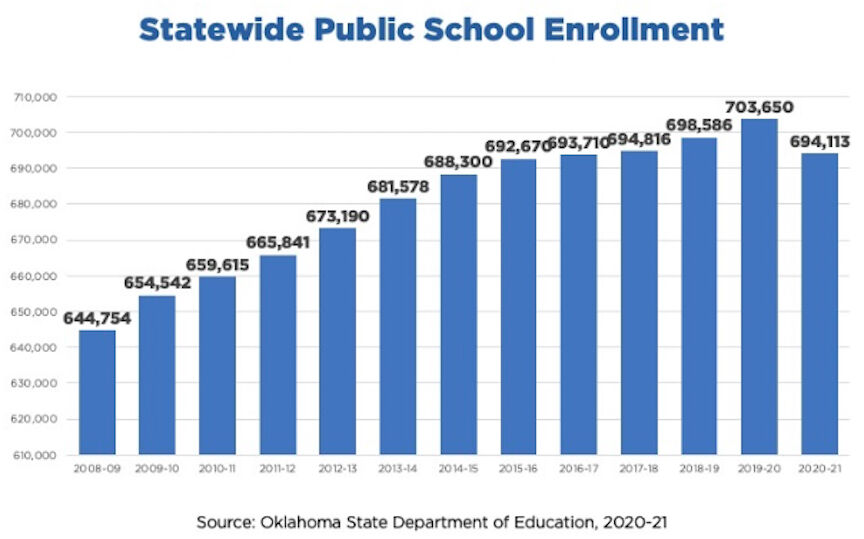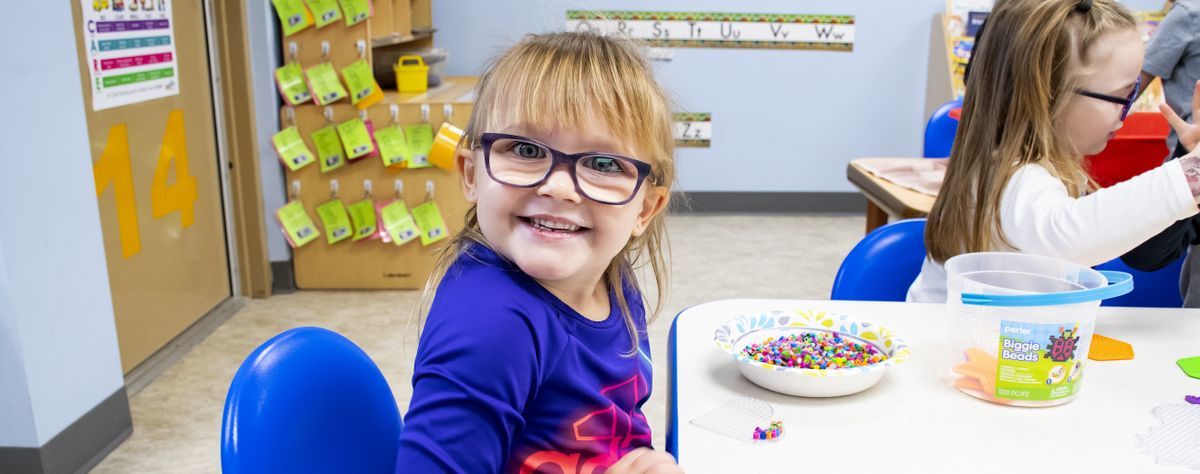


Of the 4.4 million three- and four-year-olds that were enrolled in 2018, 55.3% were in full-day programs while just under half were in part-day programs. This means that out of 8.1 million children in this age group, 3.7 million were not enrolled in pre-primary programs. In light of this proposal, what is the current state of pre-primary education in the US?Īccording to data from the National Center for Education Statistics (NCES), around 54% of all three-and four-year-old children were enrolled in pre-primary programs in 2018, including part-day and full-day preschool and kindergarten programs. You can read more about this in our article on immunisation in childhood.Presidential candidate Joe Biden released a $775 billion plan addressing child and elder care, including a proposal to offer universal preschool for three-and four-year-olds. You’ll need to provide evidence of your child’s immunisation status for preschool enrolment. operate within schools and in the community.are for children who turn 4 years old before or on 30 June in the year before starting school.are offered as mobile services in remote areas.įor more information on preschools in Victoria, visit Victorian Government: Education – information for parents.are available in some areas to 3-year-olds – to see whether this is available in your area, visit Victorian Government – Give your child the best start.are for children who turn 4 years old before or on 30 April in the year before starting school.are known as preschools, kindergartens or preschool programs in long day care centres.are located in schools and linked to the school system.įor more information, visit Tasmanian Department of Education – Kindergarten.are for children who turn 4 years old before or on 1 January in the year before starting school.offer Aboriginal and Torres Strait Islander children access from 3 years of age.įor more information, visit SA Government – Find schools, preschools and other services.have no fees when they are government owned, but some ask for a voluntary contribution levy.can be stand-alone services or located in schools or alongside other early learning services.are mostly government owned and run but can be run by community or private organisations.are for children who turn 4 before 1 May in the year before starting school.are known as preschools, kindergartens, early learning centres or centres for early childhood development and parenting.offer some remote and distance education services.įor more information, visit Queensland Government – About approved kindergarten programs.mostly operate close to, or on, school sites.operate as either stand-alone services, or in long day care centres run by community organisations or non-government schools.are for children who turn 4 years old by 30 June in the year before starting school.

might offer bus services in some areas.įor more information, visit NT Government – About child care services.sometimes offer flexible hours for working parents.are normally for children who turn 4 years old in the year before starting school, although there are exceptions for children who live in very remote areas.sometimes offer flexible hours for working parents.įor more information, visit NSW Department of Education – Starting preschool.



 0 kommentar(er)
0 kommentar(er)
